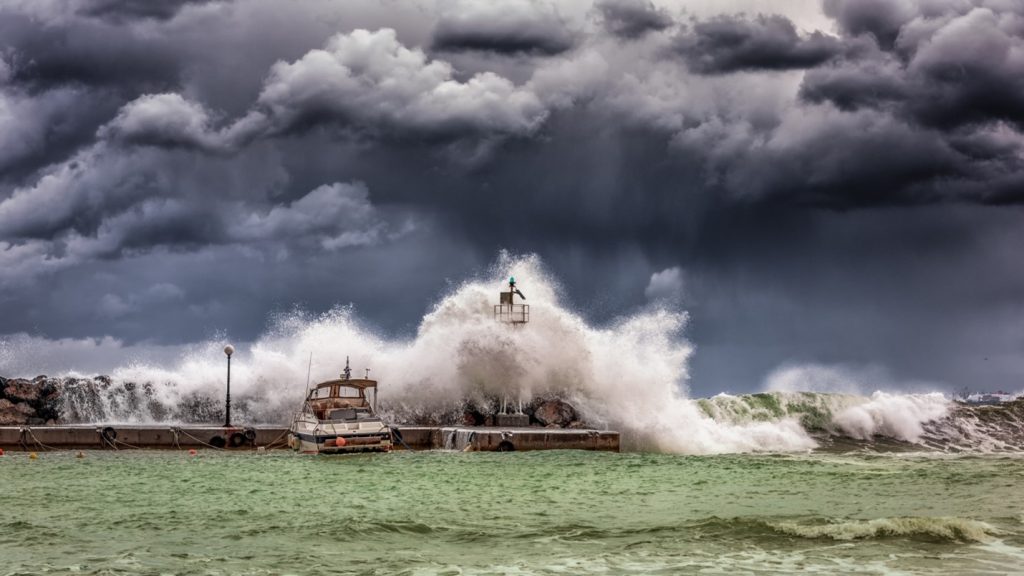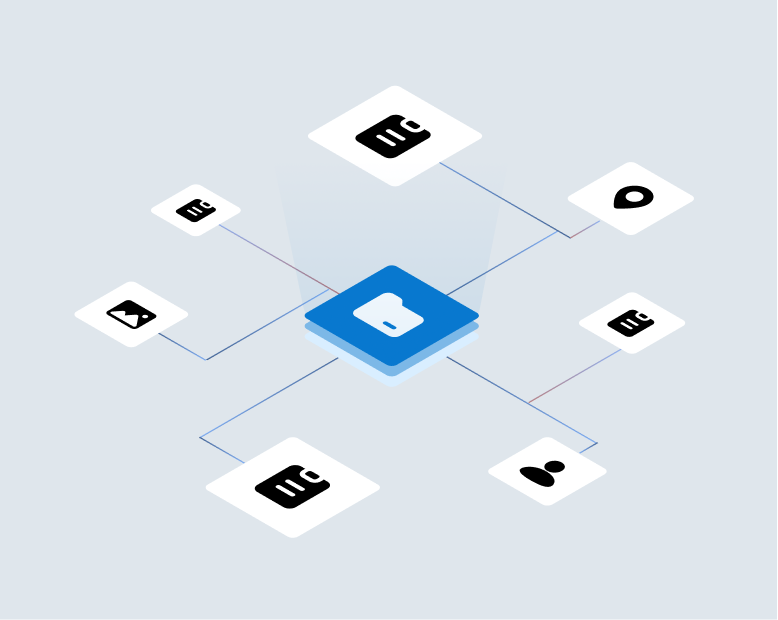Hurricane Ian caused over $112.9 billion in damage, serving as a reminder how a single hurricane can derail a whole industry’s performance. And with the ever-increasing development and population on Hurricane vulnerable coasts, the risk keeps rising. Even worse, it turns out that not only are there more losses, but each loss ends up costing more on average than the equivalent standalone loss would. Why are Tropical Catastrophes so catastrophic for insurance carriers?

Everything happens all at once.
First and most obviously is that massive numbers of claims happen all at once, overwhelming the local claims infrastructure. When thousands of claims pour in simultaneously, insurance companies face enormous stresses to their typically lean running operations, as they must quickly pull in large numbers of out of state resources to handle the volume. And since billion dollar casualty events are now happening an average of 18 times a year, resources are constantly stretched, leading to delays, poor service and frustrated policyholders.
The “Three Toos”: Too many claims done too fast leading to too many mistakes.
Catastrophes inevitably place enormous pressure on adjusters to handle huge numbers of claims in a compressed timeframe in communities where basic services are often degraded or unavailable. The extreme demands mean often inexperienced adjusters are pressed into service, working incredible hours for days on end. This inevitably leads to incorrect evaluations, undervalued claims, and mistaken denials. The result is that policyholders who are already under enormous life pressure become even more frustrated and take it out on the insurance company and staff.
A lawsuit rich environment.
These delays and mistakes made by adjusters in their third week of 18-hour days result in short tempers and conflict. Even worse, the inevitable inconsistencies in initial settlements offer enterprising lawyers’ ‘evidence’ of unfairness that can push frustrated customers into legal action. Like in this recently litigated Hurricane claim in Florida, “After adjustments, the carrier is going to end up paying out over $8.7 million on a claim that could have been resolved for $1.2 million, before engaging in incredibly expensive litigation.” And large public settlements both serve to encourage future lawsuits and can lead to significant reputational damage.
What can be done? A tale of two claims.
Smith’s home was devastated. It took three weeks for an adjuster to show up after the Smiths reported their loss. The adjuster hastily surveyed the scene, made assumptions, and wrote a settlement check. The inexperienced and overworked adjuster failed to explain the claim process and that this check was only an initial settlement as he dashed off to the next appointment. Frustrated and growing suspicious that the settlement was low, and that the investigation into their claim was haphazard and incomplete, when a lawyer approached them, they were more than willing to take his advice.
Likewise, Jones’ home was a mess, but when he contacted his insurer, they sent him a smart phone applet that led him through a comprehensive inventory of his home that matched the image inventory that they had gathered when they first signed up for the policy. This provided a call-center adjuster with more than enough support to approve an initial settlement within 48 hours of the catastrophe. The settlement seemed a little lower than expected to Jones, but the adjuster, who was calmly sitting in her air-conditioned cubicle, explained it was only an initial settlement and went on to set expectations for further handling. By the time the lawyer showed up, a more rested and focused field adjuster had already stopped by and finalized the details of Jones’ settlement. Although still frustrated and exhausted from the ordeal, Jones felt he had been fairly compensated by his insurance carrier after their efficient and complete handling of his claim.
The moral of this story is that the more preparation that carriers do to document the property before a major catastrophe, the easier it is to adjust the claim and satisfy the customer afterwards. Of course, this depends upon an up-front Risk Discovery process that is cost effective enough for the relatively low premiums paid for Homeowners coverage. That means that carriers need to establish programs that either can gather risk information in bulk or create processes and tools that customers can use to document their own risks. VeracityID is focused on both strategies to enhance Risk Discovery so that the inevitable catastrophe isn’t catastrophic for the carrier.
VeracityID offers idFusionTM: an automated risk selection toolset that allows business teams to detect and rapidly compose highly targeted solutions to stop hundreds of different errors, premium leaks, and frauds – all before a new risk is bound. idFusion integrates seamlessly with personal auto and homeowners core systems.


